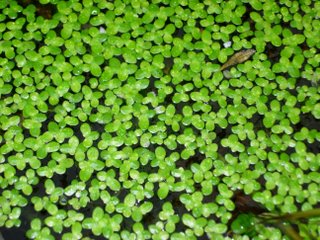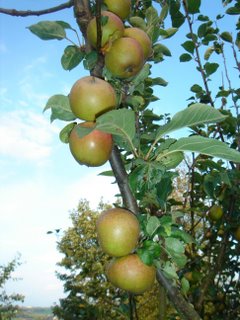Over 100 wines, ports and digestifs were available for tasting last Thursday evening at Bertie’s Banquetting Suite in Elland, the Halifax Wine Company’s annual tasting. No way have I the stamina or concentration to do justice to but a few.
Highlights of the evening began with the Perle D’Ayala Champage 1999. A blend of 80% chardonnay, a touch of oak, a fine mousseux and real depth of character. Alongside was offered Langlois Chateau Saumur Vielles Vignes 2003. A 100% chenin blanc fermented in oak, rich and deep with aromas of flint and fennel. Both interestingly now within the Bollinger stable.
The Keith Tulloch Semillon 2005 , a top Semillion from Semillon’s modern New World stronghold is Australia. In the mid 20th century the grape was most famous for a wide range of great, low-alcohol, long-living dry whites produced in the Hunter Valley north of Sydney. Variously called Riesling, Chablis and White Burgundy depending on smallish variations in style, the wines were made from Semillon grapes picked early (before the Hunter’s frequent summer rains) and developed the most distinctive burnt toast characters in bottle. In today’s fast-forward age, this particular style of Semillon designed to age is rare, although the Hunter Valley specialises in this style of wine made from grapes picked early enough to yield a wine with only about 11 per cent alcohol. These wines are quite austere in youth but can age magnificently for 10 years or more.
One to put away as a future conversation piece.
La Sauvageonne Pica Broca 2004 from the Coteaux du Languedoc has to be a hit in this neck of the woods. Bought by a Yorkshireman some 10 years ago and made from vines reputed to be planted in a rocky escarpment cleared by surplus dynamite that had no other use! Vines grown in such conditions seem likely to provide special grapes and did not disappoint. Pica Broca has an amazing depth. You can imagine how the flavours have had to struggle out of the ground to provide this heady brew of herbs and spices. The blend is 50% syrah, the rest grenache and carignan.
The time arrived when supper beckoned and this was our chance for a long overdue visit next door to La Cachette. The welcome was rather diffident and the service inattentive to start but warmed as the evening progressed. The “Queenie” scallops starter came with lardons and a rather excessive amount of endive only compensated by a wonderfully light and refreshing lime dressing. Does “Queenie” mean an absence of scallop coral? Only the muscle was present, the absence of coral it a bit one-dimensional.
Pressed belly pork with potato fondant and caramelised apple was fine, but would have been much improved by a really crisp piece of crackling and freshly caramelised apples. A straight Bourgogne 2002 from Meo-Camuzet immediately caught my eye but alas it had all gone. A bottle of Chambolle Musigny of the same year from Michel Gros was a more than acceptable alternative if a bit of a price hike.
The chocolate pud must have been okay but, with hindsight, was clearly not particularly memorable. Still, all in all, worth coming back another time.



